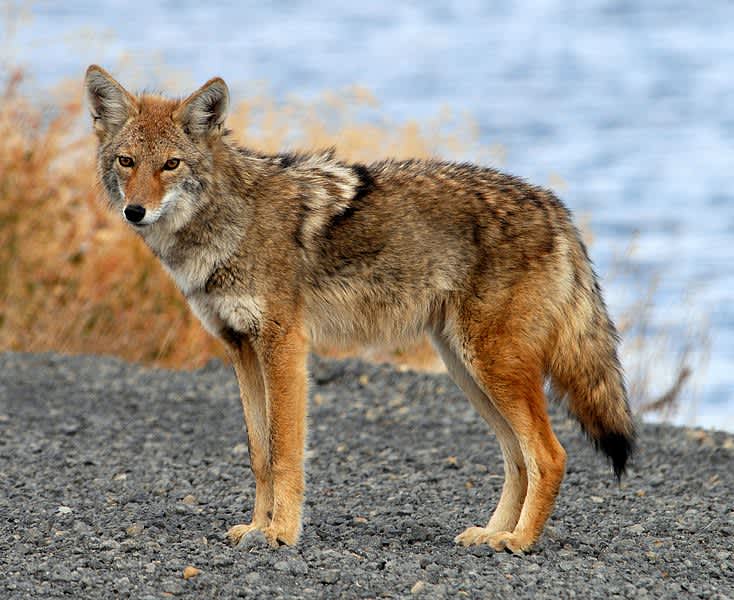South Carolina Coyote Population Stabilizes at New High
OutdoorHub Reporters 09.02.14

Officials from the South Carolina Department of Natural Resources (DNR) say that the coyote population has leveled out over the past few years, but at a much higher number than before. Although there is no accurate estimate of how many coyotes live in South Carolina, The State reports that hunters harvest about 30,000 of the animals annually, compared to less than 20,000 roughly a decade ago.
“People just want DNR to make the coyotes go away,” said Emily Cope, DNR deputy director of wildlife and freshwater fisheries. “We can’t do that.”
Coyotes are a recent development in South Carolina, having been first spotted in the northern parts of the state in 1978. In just 36 years, coyotes have overrun attempts by wildlife officials to control their growth. The species can now be found in all 46 South Carolina counties and are especially prevalent in Oconee and Pickens Counties, where they were first discovered. The small predators quickly adapted to the Palmetto State and unlike other wild animals, coyotes can prosper in urban areas. In 2011, state hunters reported an all-time record harvest of more than 32,000 coyotes, many of which were killed by deer hunters near rural communities.
Coyotes are not a danger to humans, and like most wildlife, will rarely seek to confront a human even in remote places. The small predators are however a menace to ranchers, pet owners, and young deer. The DNR estimates that the state’s deer population has dropped by more than 30 percent since 2002, and believes that the rising number of coyotes is a primary factor. So far the department has relied mostly on hunters and trappers to control the coyote population. Liberal hunting regulations, night hunting, and the ability to use electronic calls has made coyote hunting popular in the state, which is also grappling with the environmental damage caused by another nuisance species: feral hogs. Since 2006, the coyote harvest has steadily increased, but hunters averaged around 30,000 animals annually for the past four years. It is one sign that the coyote population may be stabilizing.
“As a landowner, we see them all over the place, but they are so elusive,” peach farmer Larry Yonce told The State. “They’re so fast that by the time you get your rifle out, they’re out of range.”

